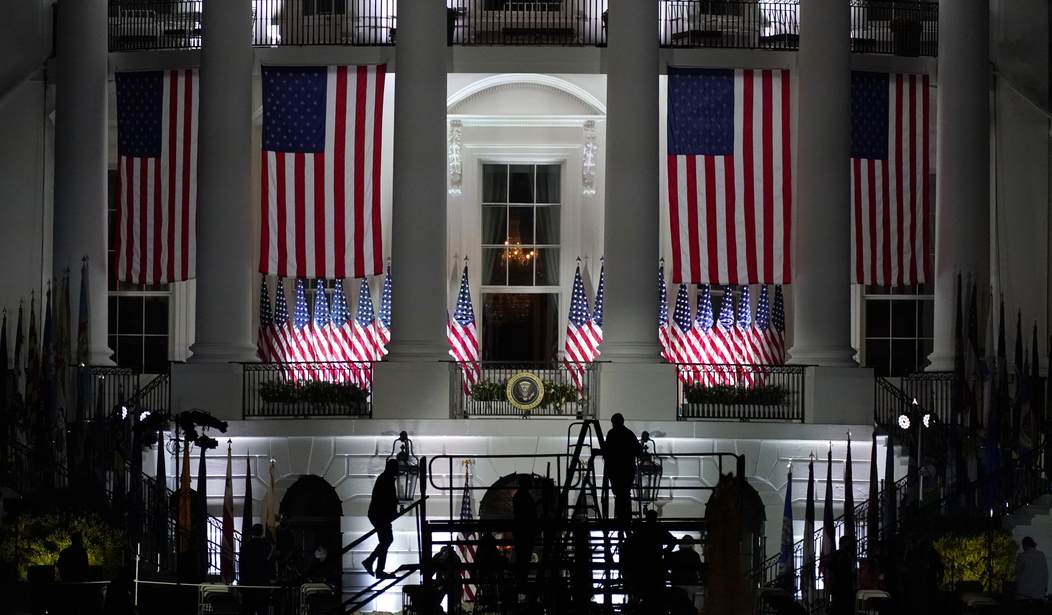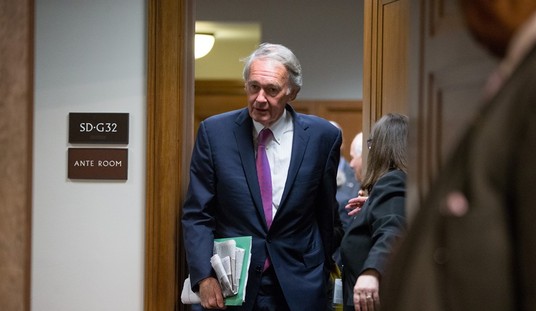The so-called ‘Problem Solvers Caucus’ joined a group of Senators from both parties to offer a compromise deal on a short-term fiscal stimulus. The news got a lot of press yesterday, as cries have grown louder for help before lawmakers hit the road (again). The plan lacks a lot of the goodies other lawmakers have sought. However, it’s been implied there would be another, much larger stimulus next year, ahead of the expiration of the remainder of the Coronavirus Aid, Relief, and Economic Security Act (CARES Act).
To see the chart, click here.
I think it’s a flimsy compromise, especially on weekly unemployment data and the absence of stimulus checks to households, which would engender the confidence needed for Main Street to tap into savings and increase spending.
Don’t get me wrong; $908 billion is not chicken feed, but the composition doesn’t address the emergency part of the crisis.
I continue to believe that ultimately we will see a bill closer to the $1.5 trillion plan put forth by the ‘Problem Solvers Caucus’ back in September.
Getting Money to Main Street
Senior Loan Officer Opinion Survey on Bank Lending Practices (SOSLP) at Selected Large Banks in the United States (Status of Policy as of October 2020).
The survey of bank lending officers revealed considerable tightening for consumer loans despite moderately stronger demand.
Money has always struggled to find its way to Main Street. The interesting paradox is the more money the Federal Reserve prints, the tighter those spigots have gotten.
Jerome Powell has discussed mechanisms by which the Fed could find creative ways to get more funds into households. For now, it’s all about buying the debt of the wealthiest companies in the world and pumping cash into the biggest banks in the world.
Perhaps one day, those banks will lend that cash since it’s often promoted as a way to help Main Street.
Tight Fisted Banks | Tighten Considerably | Tighten Somewhat | Eased Somewhat | Eased Considerably |
Mortgages (GSE) | 0.0% | 13.1% | 1.6% | 0.0% |
Mortgages (QM) | 0.0% | 16.1% | 1.8% | 0.0% |
Subprime | 33.3% | 16.7% | 16.7% | 0.0% |
HELOC | 3.4% | 20.7% | 1.7% | 0.0% |
Consumer Installment | 0.0% | 3.8% | 10.3% | 0.0% |
Credit Cards | 4.4% | 26.7% | 4.4% | 0.0% |
Auto Loans | 1.9% | 15.4% | 3.8% | 0.0% |
Credit Limits | 0.0% | 24.4% | 4.4% | 0.0% |
Min Credit Score | 4.4% | 26.7% | 2.2% | 0.0 |
Recommended
Demand | Substantially Strong | Moderately Strong | Moderately Weak | Substantially Weak |
Credit Card | 2.3% | 27.3% | 18.2% | 9.1% |
Auto Loans | 1.9% | 25.0% | 17.3% | 1.9% |
Other | 1.8% | 16.4% | 20.0% | 5.5%% |
Micron & The American Dream
Yesterday, computer chipmaker Micron Technology (MU) announced higher fiscal first-quarter guidance. The range of guidance was significant enough to send shares of MU to their highest level since 2001.
New Guidance | Previous Guidance |
Revenue: $5.75 billion Earnings Per Share: $0.73 | Revenue: $5.40 billion Earnings Per Share: $0.54 |
I have also been a fan of MU, in part because of the company’s unique story. A major player in the semiconductor industry, the company was formed when four buddies rented out the basement of a dental office in Boise, Idaho.
If that isn’t intriguing, consider the source of initial funding. MU raised funds from J.R. Simplot, the self-made billionaire famous for being the French fry “king”. Before his breakthrough deal to become the French-fry supplier to McDonald’s, Simplot lived a story that should be taught in every school (not just business).
Born in a log cabin to a tough-as-nails father, J.R. bolted from home after his father denied him permission to go to a show. So, at age 14, he dropped out of the eight-grade and hit the road with $20.00 in gold coins his mother gave him. In a series of brilliant business moves, he built his fortunes.
Initially, he lived in a $1 a night hotel, where he met teachers being paid with interest-bearing scrip. He bought the scrip for 50 cents on the dollar and sold them to a nearby bank for 90 cents on the dollar.
J.R. took those profits and bought a rifle, an old truck, and 600 hogs at $1 per hog. He used the rifle to shoot wild horses, which he cooked with potatoes to feed his hogs. Those hogs grew so fat he was able to sell them for $7,000.
Simplot then used those proceeds to buy a potato farm.
Later, he and a partner bought a potato sorter, but an argument led to a split, which was settled with a coin flip. From there, he grew the business and focused on innovation. He expanded into oil and fertilizer and even once owned the nation’s largest cattle ranch.
His swashbuckling style stayed with him throughout his life, which explains why he was still skiing at 89 years old. But, like so many Great Depression survivors, J.R. Simplot was very frugal and wore the same glasses for 30 years. He reportedly did not fix his car’s brakes because it cost too much.
MU shares once changed hands at $97.00 a share, and then there was a terrifying swoon and a long period of nothing. It’s clear the company has made it through that survival period and has reclaimed its inner Simplot.
I love it.

Today’s Session
Major indices have been in the red all morning, although off the worst levels of overnight trading. That rebound, however, ran into a pothole when ADP posted a very disappointing November jobs number of 307,000 against consensus of 440,000.
To see the chart, click here.
Each employment segment saw growth, but all were less than expected. This makes Friday’s BLS report even more mysterious, as there were already whispers of net job losses.
Meanwhile, yesterday’s bump in fiscal stimulus optimism is fading again as both sides are reportedly entrenched in their own proposals without any compromise in sight.
I have to saw I am someone surprised and encouraged markets aren’t lower.
Important Note
We have raised our cash position after taking more profits in the Hotline Model Portfolio. This is less an indictment of those positions -although we followed our risk-reward guidelines- but acknowledgement of how volatile the market could become near term if there is a spat of selling.
Investing means riding the inevitable waves of volatility, but smart investing means banking big gains and being about to buy emotion-driven dips.

























Join the conversation as a VIP Member